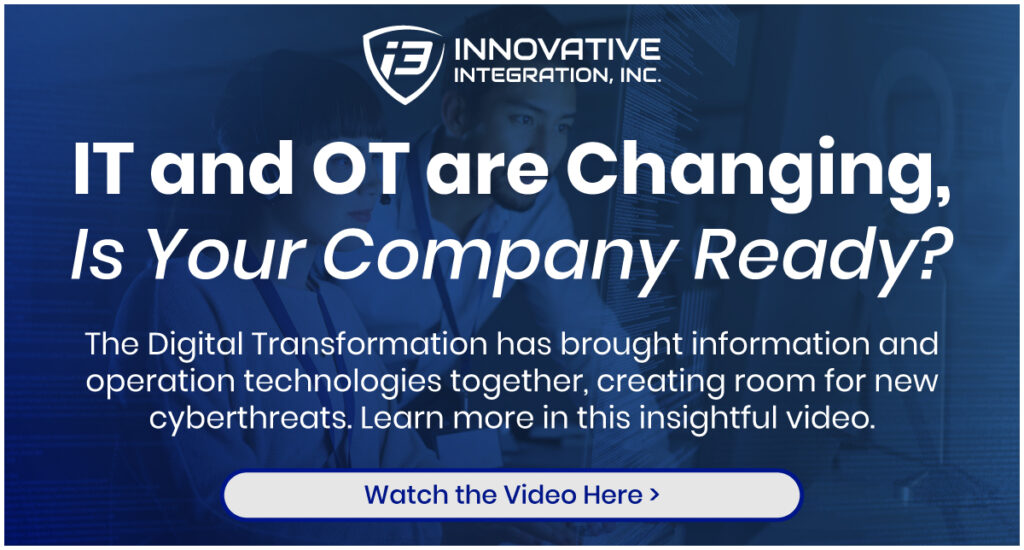Your organization’s technology infrastructure, its security, and its stability are vital for safeguarding sensitive data against potential threats. Therefore, conducting a technology risk assessment is a crucial step to effectively address these risks. How can your organization conduct such an assessment? In this guide, we explain. Through a well-executed risk assessment, you can confidently address the challenges posed by technology risks and make strategic decisions and protect your organization’s interests.
Is Your Company Ready for Digital Transformation?
Understanding Technology Risk Assessment
A technology risk assessment is a systematic process that helps organizations identify, analyze, and evaluate potential risks related to their information technology systems. It involves a comprehensive analysis of the vulnerabilities, threats, and impacts that could affect the security, integrity, and availability of an organization’s technology infrastructure.
The Steps Involved
Conducting a thorough risk assessment may seem overwhelming, but it doesn’t need to be! Here are 6 steps involved:
- Identify Assets: Start the risk assessment by identifying and documenting all the critical assets within your organization’s technology infrastructure. This includes hardware, software, data, network infrastructure, and third-party systems.
- Analyze Threats: Once you have identified your assets, the next step is to analyze and assess the potential threats they may face. These threats can come from various sources, such as hackers, malware, system errors, natural disasters, or internal vulnerabilities.
- Evaluate Vulnerability: Analyze your technology systems and identify any weaknesses that could be exploited by the threats you’ve identified. These weaknesses could include outdated software, weak passwords, unpatched systems, inadequate access controls, or insufficient employee training, etc.
- Assess Risk Levels: Once you have identified the threats and vulnerabilities, it’s time to assess the risk levels associated with each. This involves evaluating the potential impact and likelihood of each risk event occurring. You can use quantitative or qualitative methods to assign risk levels, such as high, medium, or low.
- Develop Mitigation Strategies: Based on the level of risk, you can now develop appropriate risk mitigation strategies. These strategies may include implementing security controls, conducting regular backups, establishing incident response plans, educating employees about cybersecurity best practices, or investing in disaster recovery solutions.
- Regular Monitoring and Review: Don’t make the mistake of believing technology risk assessments are one-time events. It is essential to continuously monitor and review your technology systems to stay ahead of emerging threats and vulnerabilities. Having regular security assessments, performing system updates, providing employee training programs, and staying up-to-date with industry best practices are crucial for maintaining the security and resilience of your technology infrastructure.
Protect Your Organization
Conducting an information technology risk assessment is not just a recommended practice; it is a crucial step in safeguarding your organization’s valuable assets and ensuring the continuity of operations. By systematically assessing and mitigating risks, you can proactively address potential threats and enhance the resilience of your technology systems.
At Innovative Integration, we understand the importance of technology risk assessments and have the expertise to guide you through this critical process.
Our team can help! We work with your team with a proprietary tabletop exercise to you map out your security strategies. We call this exercise the Security Operational Maturity Level—or SOML.
So, don’t overlook the importance of technology risk assessments—begin evaluating and mitigating your risks today. So, take that first step today and schedule a consultation with Innovative Integration. We look forward to working with you to ensure the security and resilience of your technology infrastructure.





